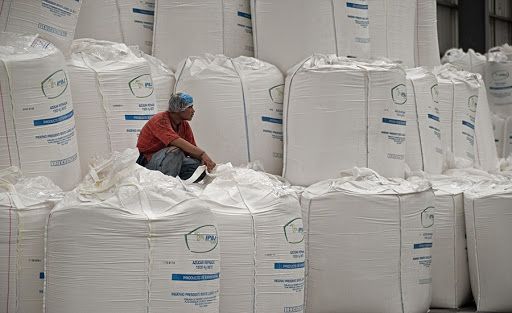The Mexican Ministry of Economy reported that the sugar quota for exports to the United States totals 150,000 tons from October 1, 2021 to March 31, 2022.
Since 2014, the sugar trade between the United States and Mexico is managed under Suspension Agreements between the two countries.
Sugar can be derived from sugar cane or beet and the quota is regulated in part in accordance with point 14 of the Agreement that is subject to a prior sugar export permit published in the Official Gazette of the Federation on 5 October 2017.
Thus, the Ministry of Economy published a notice by which the extraordinary amount of the quota to export sugar to the United States, in the aforementioned period, is disclosed for 150,000 short tons of raw sugar value.
Quota
The agreements suspended antidumping and countervailing duty investigations on sugar imports from Mexico and are reviewed and renewed as determined by the United States Department of Commerce every five years.
The countervailing duty agreement contains provisions to prevent an oversupply of sugar in the United States market, with export limits (quotas) calculated on the United States’ sugar needs, as determined by the Department of Agriculture and published in the World Agricultural Supply and Demand reports.
Mexico’s export limit is set at 100% of US needs after accounting for US production and imports from countries with tariff quotas (based on commitments in the World Trade Organization)
Other considerations
Calendar year totals are significant in the analysis to provide information on fiscal year projections for two reasons.
First, the calendar year deliveries have been less volatile than the fiscal year totals.
This is because the October 1 fiscal year start falls during peak delivery season as shipments are taking place before the holiday season.
It also falls during the start of the sugar beet marketing year, as many processors begin the transition from early production of beet sugar to the beet crop stored in piles for the winter slicing campaign.
Finally, the start of the October 1 fiscal year comes to the end of the hurricane season.
Storms affecting sugarcane producing regions or refining facility areas of large ports can affect refining capacity or logistics.
Also, changes in fiscal year deliveries may reflect events in one or more of these instances that can mask or hide changes in underlying demand.
The second and somewhat related reason for looking at calendar year totals is that sugar trading generally operates on a calendar year basis.
Many contracts between sellers and buyers of sugar that establish terms, including volumes and the basis for pricing, are structured on a calendar year.
As a result, changes in demand or market structure are likely to be more apparent when evaluating the market in the same time frame as most contracts and marketing agreements.
![]()

